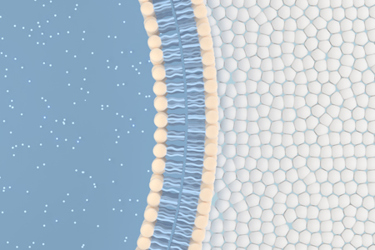Reliable, Hands-Free, And High-Throughput Cell Viability Assays

The determination of cell viability in any cell culture is a crucial analytical measurement for any study. One of the most common ways to measure cell viability is using fluorescent dyes, which are capable of penetrating the membranes of damaged/dying cells and binding to nucleic acids inside the cell nucleus. Propidium iodide (PI) is a commonly used probe for this kind of viability test.
To date, the majority of high-throughput cell viability assays have been performed using plate readers. However, plate readers can only give an average of the fluorescence of an entire well, not single cells. In contrast, flow cytometers can analyze thousands of events per well and, thus, provide detailed information on the viability and phenotype of single cells as well as the cell count of the entire well simultaneously. Most of the protocols for assessing cell viability with PI still advise users to add PI manually only seconds or minutes before acquisition in order to control for any and all cytotoxic/penetration effects of PI.
MACSQuant® Flow Cytometers feature an integrated robotic pipetting arm which can automatically pipet fresh PI directly into each sample and standardize the incubation and labeling process. This, together with the instrument’s automated sampling of 96-well plates, provides a robust, automated, hands-free, and high-throughput setup for all cell viability experiments. To validate the importance of using an automated PI staining process with a MACSQuant® Flow Cytometer, we processed various 96-well plates of Jurkat cells under different conditions.
Get unlimited access to:
Enter your credentials below to log in. Not yet a member of Cell & Gene? Subscribe today.
